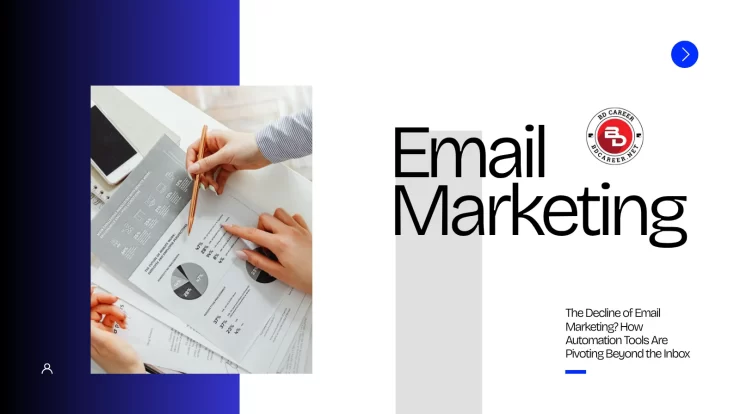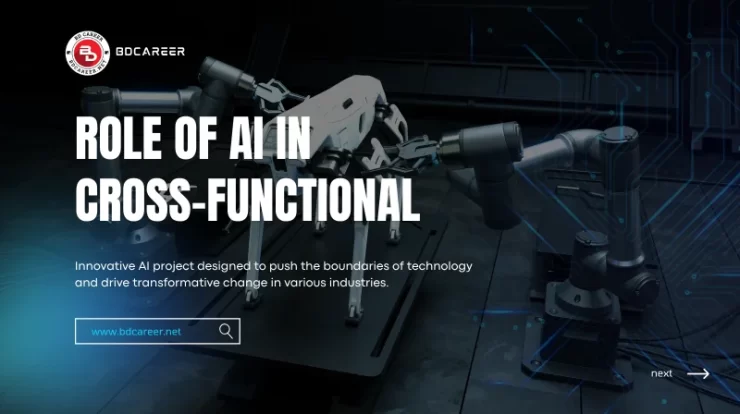
In the last decade, business intelligence has undergone one of the most dramatic evolutions in the world of enterprise technology. What used to be a rigid, IT-driven reporting cycle has expanded into a landscape filled with intuitive dashboards, conversational analytics, predictive engines, and machine-assisted decision support systems. By 2025, the question for many companies is no longer whether to modernise their data strategy—it’s where to invest for the greatest return: Self-Service BI or Augmented Analytics.
Both approaches promise data democratisation and smarter decision-making. Yet, they differ in capabilities, user experience, and business impact. To make the right investment choice, organisations must understand how these technologies fit into their current maturity, goals, and long-term vision.
Contents
Understanding the Two Approaches
Self-Service BI: Empowering Everyday Decision-Makers
Self-service BI (SSBI) refers to tools designed to enable non-technical users—analysts, managers, and business teams—to explore data independently without relying heavily on IT teams. These platforms prioritise usability: drag-and-drop interfaces, interactive dashboards, customizable visualisations, and simple forecasting tools.
The core appeal of SSBI lies in autonomy. Teams can build their own reports, launch dashboards instantly, and experiment with views without going through a long development queue. For companies with limited data science talent or those early in their digital transformation journey, SSBI can be a powerful accelerator. It shortens decision cycles, spreads data literacy across the organisation, and reduces dependency on technical specialists.

Augmented Analytics: The Rise of AI-Driven Intelligence
While SSBI focuses on usability, augmented analytics prioritises intelligence. This approach uses machine learning (ML), natural language processing (NLP), and generative AI to automatically uncover insights. Instead of manually exploring data, users are guided by automated narratives, predictive alerts, anomaly detection, and natural language responses.
Augmented analytics shortens the time between data and insight. It can evaluate massive datasets in seconds, highlight non-obvious correlations, predict next-best actions, and even offer automated scenario modelling. It’s particularly valuable in environments where speed and complexity intersect—such as supply chain operations, digital commerce, healthcare diagnostics, financial risk modelling, and real-time manufacturing optimisation.
However, augmented analytics requires a higher level of trust in automation, solid data governance, and the ability to interpret algorithmic recommendations responsibly. It’s a powerful tool, but not a simple plug-and-play upgrade.
Market Trends Transforming BI in 2025
Several powerful trends are reshaping the BI landscape:
1. Cloud-Native Analytics
Organisations continue migrating from on-premise solutions to cloud platforms such as Snowflake, Databricks, and BigQuery. This shift improves scalability, real-time data processing, and integration capabilities.
2. Conversational Interfaces
BI is becoming more intuitive. Users can simply type or speak queries like:
“Show me last quarter’s revenue growth by region.”
And instantly receive smart visualisations or insights.
3. Automated Decision Support
AI-driven insights increasingly help identify risks, opportunities, and optimisation paths automatically. Many systems trigger alerts when unusual data patterns occur.
4. Governance and Metadata Management
With more people accessing data, governance becomes essential. Metadata catalogues, access control, data lineage tracking, and quality scoring are no longer optional—they’re central to smart analytics investment.
These trends affect both SSBI and augmented analytics, but in different ways. While self-service BI thrives in structured and well-governed environments, augmented analytics relies heavily on AI readiness and robust data ecosystems.

Comparing the Two Models
Cost and Investment Considerations
Self-service BI usually has a lower upfront cost. Companies pay for licensing, training, and sometimes integration—yet the overall investment is manageable. Implementation is typically faster, and many teams already have experience using BI tools like Power BI, Tableau, Looker, and Qlik.
Augmented analytics requires a deeper technology stack—AI engines, ML models, extensive data pipelines, and possibly cloud compute resources. While many modern BI platforms already embed AI capabilities, fully leveraging augmented analytics often needs ongoing investment in automation, model training, monitoring, and governance.
The long-term ROI can be much higher, but so are the infrastructure demands.
Required Skillsets and Team Readiness
Self-service BI thrives in environments with strong data literacy but limited advanced analytics maturity. Users must know how to interpret dashboards, perform basic analysis, and avoid misrepresentation.
Augmented analytics shifts the focus toward interpreting and validating AI-driven insights. Teams must understand what automated insights mean, when to question them, and how to integrate them into decision-making processes.
Business Impact
SSBI is excellent for descriptive (what happened?) and diagnostic (why did it happen?) analytics. It provides clarity, transparency, and accessibility.
Augmented analytics excels in predictive (what will happen?) and prescriptive (what should we do?) analytics. It helps companies stay a step ahead and operate with agility.
Industry Use Cases
Finance
- SSBI: Profitability dashboards, KPI tracking, financial reporting.
- Augmented analytics: Fraud detection, risk prediction, automated forecasting.
Retail
- SSBI: Sales breakdowns, store performance, customer segmentation.
- Augmented analytics: Demand forecasting, personalised marketing, dynamic pricing.
Healthcare
- SSBI: Operational dashboards, patient records analysis.
- Augmented analytics: Predictive patient outcomes, early risk detection.
Manufacturing
- SSBI: Inventory dashboards, efficiency metrics, cost analysis.
- Augmented analytics: Predictive maintenance, quality monitoring, supply chain forecasting.
Different industries will gravitate toward different investments depending on data maturity, operational complexity, and regulatory landscape.
When to Choose Self-Service BI
Self-service BI is ideal for companies:
- Early in their analytics journey.
- With limited data science or AI expertise.
- Where business users need control and flexibility.
- With structured datasets and predictable reporting needs.
- Where insight generation still requires domain expertise.
It’s also the more cost-effective route for smaller organisations seeking rapid results.
When to Choose Augmented Analytics
Augmented analytics is best suited for:
- Organisations with large or unstructured datasets.
- Businesses that need real-time insights.
- Companies exploring automation-first strategies.
- Industries where predictive analytics drives competitive edge.
- Teams are ready to integrate ML and AI into daily workflows.
If your company already has a mature BI foundation, augmented analytics can be the next step toward intelligence-driven operations.
Hybrid Approach: The Future of BI
Increasingly, companies are embracing a hybrid BI model. Instead of choosing one over the other, they are combining self-service BI with embedded AI-driven automation. Modern platforms now blur these boundaries: Power BI integrates Copilot; Tableau includes Einstein Discovery; Qlik offers automated insights; Looker blends BI with generative AI.
This hybrid approach delivers:
- Ease of use for business teams.
- Automated insights for deeper strategic value.
- A scalable foundation that grows with the organisation.
- Improved adoption and ROI.
In 2025, investments will likely be distributed across both areas—but the key is ensuring they work together seamlessly.

Challenges and Considerations
Data Privacy and Security
More automation means more sensitive data flowing across systems. Proper access controls, encryption, and governance frameworks are critical.
Trust in AI
Organisations must balance automation with oversight. AI bias, data errors, and poorly interpreted insights can lead to risky decisions.
User Adoption
No matter the technology, adoption determines ROI. Training, change management, and leadership support are essential.
Measuring ROI
Companies must track where analytics creates value: revenue growth, cost savings, productivity, accuracy, or customer satisfaction.
Investing in tools without investing in people and culture can limit long-term returns.
Conclusion
The debate between Self-Service BI and Augmented Analytics isn’t about picking a winner—it’s about choosing the right investment for your organisation’s current maturity and future goals. Self-service BI empowers teams with independence and clarity. Augmented analytics accelerates insight generation and enables predictive decision-making.
In 2025, companies should invest not only in advanced tools but in building a strong data culture where people, processes, and platforms work together. A hybrid strategy—combining the autonomy of self-service with the intelligence of automation—is likely to deliver the best balance of flexibility and innovation.





